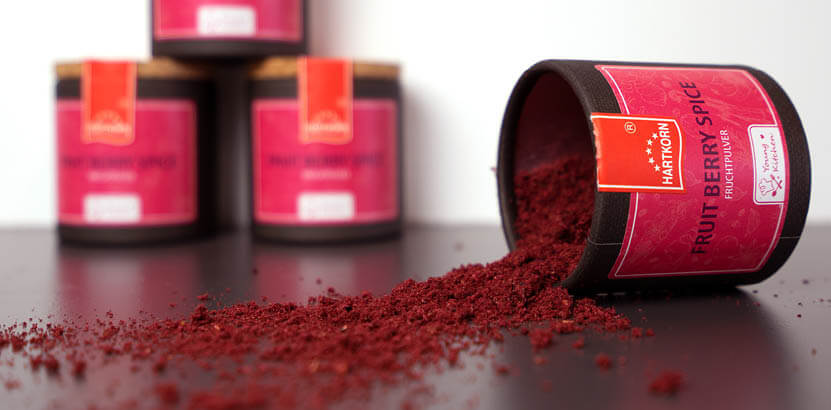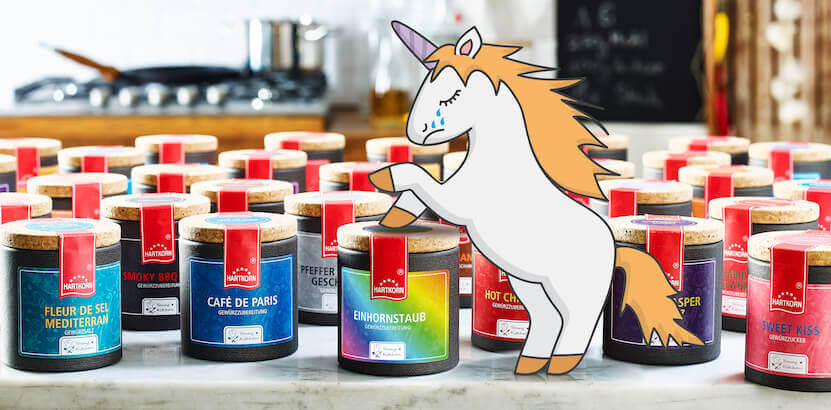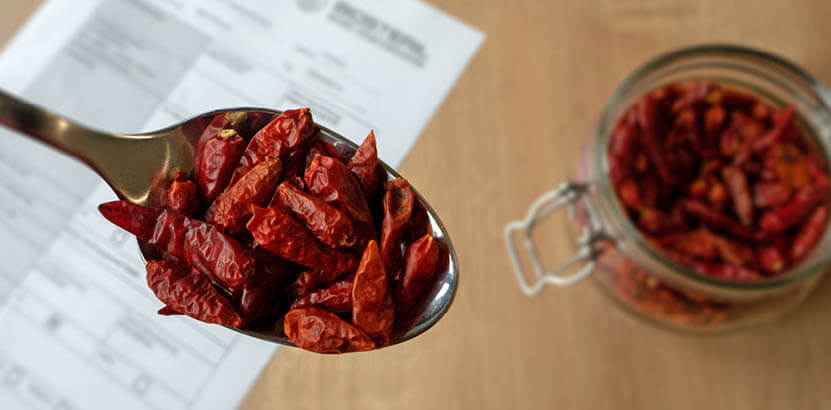Who does not know it – in the food sector we always come across products that form clumps after a short time, while others remain free-flowing over a longer period of time?
But how do clumps develop and why are only certain products affected? We once again brought our expert Bernd Grajewski on board:
As some know from personal experience, fine-grained powders tend to clump rather than coarse-grained. However, the grain size is not the only reason for this.
Another very important aspect is moisture. Dry flour trickles and dustes, wet flour makes a dough. The same applies to sand. In general, sugar-containing mixtures tend to agglomerate, especially fruit mixtures, but also fine onion granules. This means that the individual particles accumulate due to their small size and the sugar in connection with moisture (for example from the air).
Most of you have probably had similar experiences with instant products, such as powdered beverages (e.g. cappuccino). As a rule, the clumping can be removed by shaking or crushed with a small spoon. However, the longer the mixture is not moved, the firmer the clumping becomes. In addition to particle size and moisture, there is a third component – time!
Many of you are now wondering what it looks like with our mixtures. Since we do not use trickle aids and still want to offer products with a risk of clumping in sustainable packaging, clumping cannot be ruled out in principle. The trickle aids are inorganic chemicals such as silica, some of which fall into the nanomaterial range, i.e. substances that can be viewed critically. When comparing fruit powders on the market, more or less clumping was found. Nevertheless, we also decided against a trickle aid for our fruit powder mix. We recommend storing such products in a dry place and occasionally shaking or stirring.
In summary, it can be said that three factors are responsible for the fact that some powder mixtures can clump together: grain size, moisture and the storage time! Our recommendation to you: It is better to buy a small pack that is used up quickly than to dispose of a substantial part of a large pack because the storage time after opening was too long!







